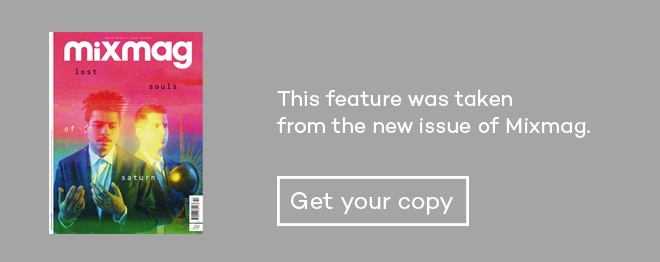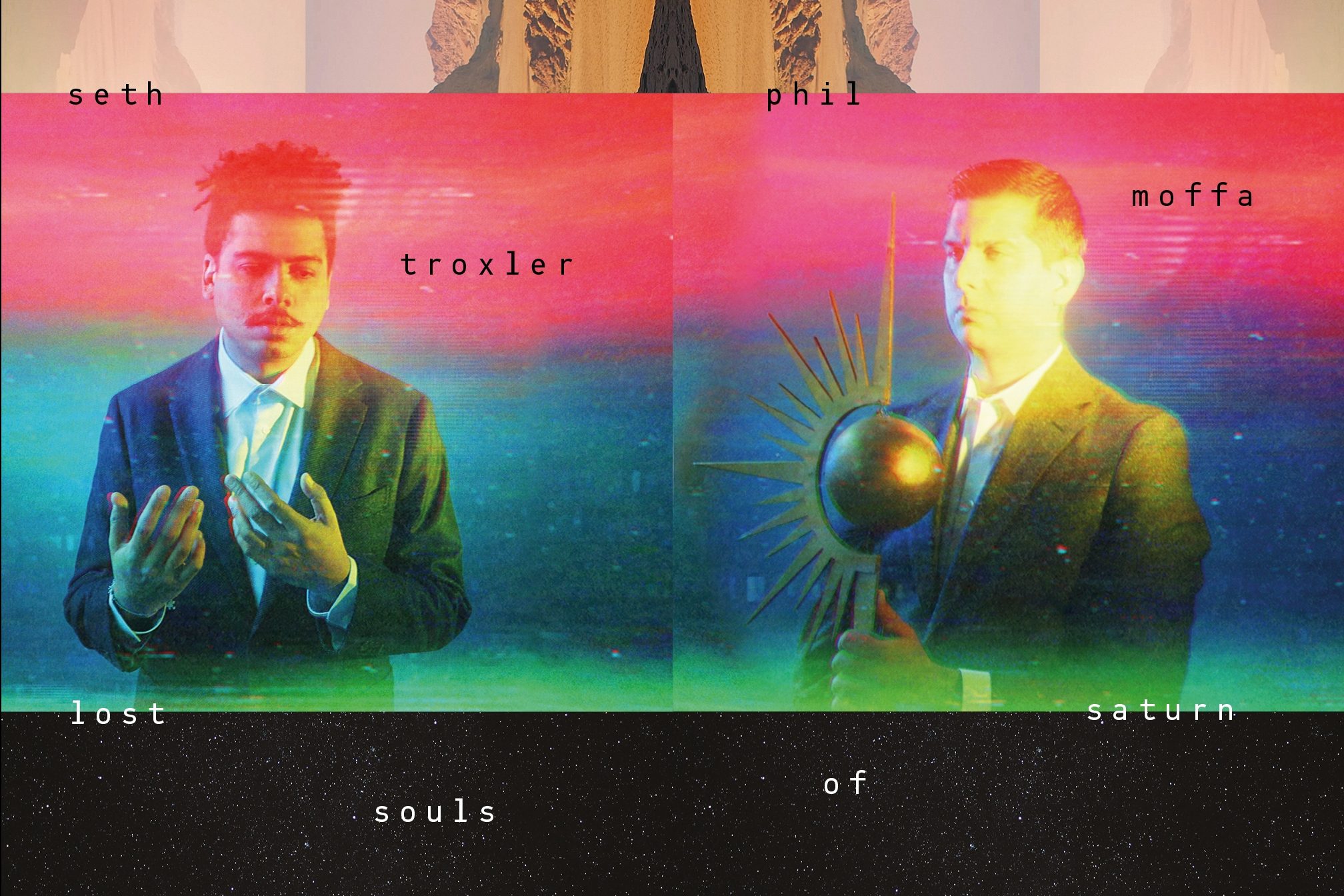 Cover stars
Cover stars
The Lost Souls of Saturn: How Seth Troxler is transcending his 'party guy' days
After over a decade at the top, Seth Troxler has unleashed his most thoughtful and contemplative project yet alongside friend and collaborator Phil Moffa
“I want to leave electronic music with my legacy,” states Seth Troxler, “and this is the beginning of legacy work”. We’re speaking about his latest and most ambitious project to date: Lost Souls Of Saturn. At 34 Seth has already seen and done more in his lifetime than most of us can imagine. Working in Detroit record shop Melodies And Memories from the age of 16, he has become one of the most recognisable and popular DJs of his generation. But now, Seth is beginning to feel as though he is finally becoming his truest self, which is reflected in Lost Souls Of Saturn, a five-year-long project conceived with his close friend Phil Moffa.
“This album is the turning point of what people will come to find as the real Seth Troxler,” he tells us. “I’m only thirty-four. I was twenty-six when I got the Resident Advisor No. 1 position – that was a long time ago. A different lifetime.”
Utilising music and visual art to embark on an in-depth investigation of science-fiction and postmodern philosophy, intertwined with mythology and mysticism, Phil and Seth have not only produced an album but also conceived their own theories about reality. Lost Souls Of Saturn can be accessed on many different levels, from a simple listening experience to myriad layers pertaining to their philosophical outlook, which takes in politics, ideas about suffering, exploration of the self, society’s failings and an entire narrative based around their core theories. Its sheer breadth is ambitious, experimental and challenging, and raises the bar a notch for both artists.
Read this next: Cover Star Selects: Lost Souls Of Saturn
Seth’s partner on the project is Phil Moffa, respected studio engineer and owner of Butcha Sound Studios in New York. The basement studio is stacked full of neatly organised analogue equipment, some old, some new, some downright strange – much of which has been customised by Phil himself. He’s one of the most in-demand engineers in the house and techno world, working with artists like The Martinez Brothers, DJ Spider and Anthony Parasole. He’s also a seasoned producer and live performer, with a Professor role at the SUNY Purchase Music Conservatory also on his CV.
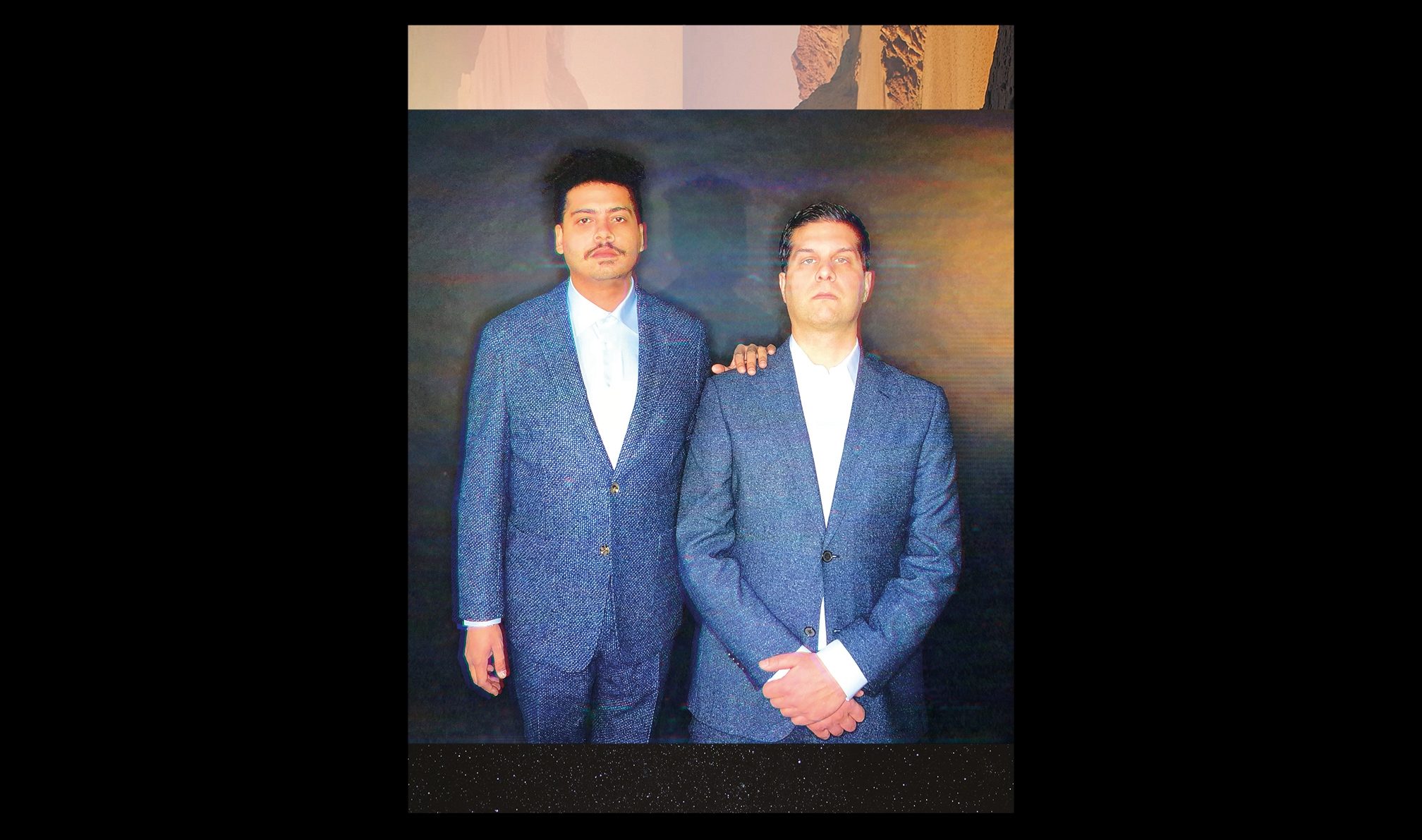
Seth rented Phil’s studio for a month back in 2014, where he produced his ‘Just Back’ EP. In the final week he suggested that they make some music together. During that time they made their Hypercolour EP, ‘Rogue Music’, the first flickers of a transmission that would become the prelude to the Lost Souls Of Saturn chronicles. “We thought it was fucking crazy music,” Seth remembers. From that spark of inspiration they began to work together more often, laying the foundations for LSOS. As can sometimes happen when everything starts to flow in the studio, they say their sessions “felt transcendent”, as though they were conduits for the music. “We found we’d go into these trances; the music just seemed to happen,” Seth tells Mixmag. “By the end of the sessions we’d be like, ‘What the hell just happened?!’”
“We have all these crazy synchronicities that happen to us, inside and outside the studio,” Phil adds. “All these wild characters come into our path, all this crazy luck and all of this wild shit happens to us. Even on a micro level, that happens to us sonically, too. A lot of happy accidents happened in the production process.”
Read this next: Jeff Mills: A science fiction story that's constantly unfolding
As they spent more time together they began to discuss and explore unconventional ideas and themes that fuelled the conceptual progression of their collaborative work. Books like Why Buddhism Is True, The Tibetan Book of Living And Dying and, crucially, Philip K Dick’s VALIS sparked a series of questions that led to the project’s overall themes. They spent time investigating what Saturn represents and theories around its influence, even sampling a storm on Saturn for album track ‘The Frequency Revelation’. “We started to research Saturn,” Seth says. “At some point it brought us to some very deep ideas about the human condition, about the reality that we live in and the controllers of that reality.” Throughout the last century musicians have often looked to outer space for inspiration, from David Bowie to Parliament Funkadelic to Jeff Mills. Often the results have been conceptual works that have stood the test of time and created strong narratives about the universe. Lost Souls Of Saturn treads a similar path, though with its own unique perspective: music that can be enjoyed on the surface level but also open your mind to a whole new world of thinking.
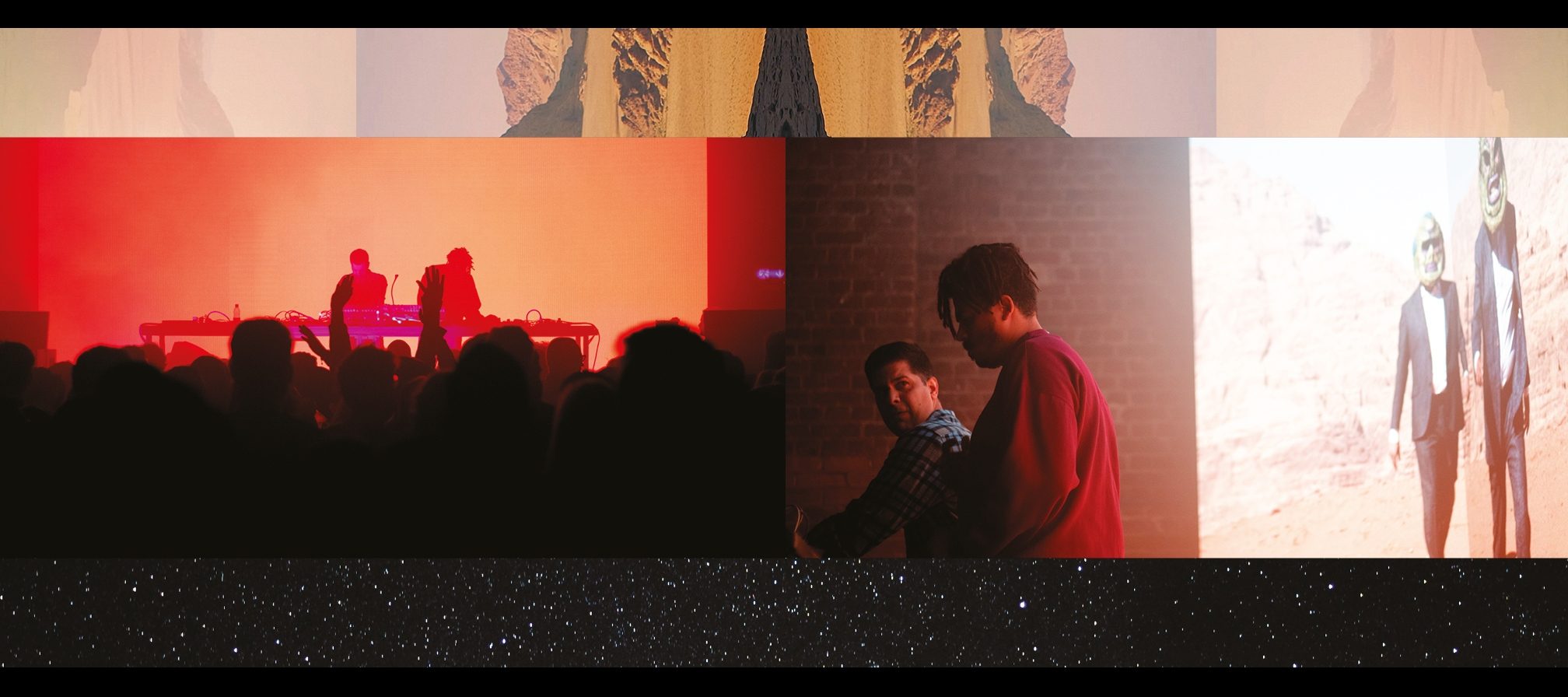
Cult director John Carpenter became a key influence, so themes from movies They Live and Prince Of Darkness started to shape their views on what reality is and, according to Seth, “How to, ‘Matrix-style’, break out of this reality.” One such escape route could be through their own alternative world, generated by augmented reality inside a Lost Souls Of Saturn app. The duo hired Andrew Melchior, digital consultant to Björk, to help them conceive the app, a constantly evolving portal connected to a real-life object, the ‘artefact’ which has been created especially for the project and its narrative. According to the story this ‘artefact’ was discovered on Iapetus, Saturn’s third largest moon. “It’s similar to a Pandora’s Box,” Seth tells us. “Inside the artefact are the six symbols of suffering: Bigotry, Deception, Greed, Narcissism, Objectification, and Pollution. Those six symbols are a way to control society, and if you free yourself from them then you’re able to gain consciousness. It’s one of the first times in history that an object is being used to trigger things in augmented reality to reveal something musical.”
Read this next: The Cover Mix: Björk
Phil and Seth assembled a team of creatives to bring their story and philosophies to life, with a distinct visual identity and language. Video artist Koolik, designer Marc Ippon de Ronda of ATO Agency, Andrew Lochhead and Hal Hefner have all played a role in the multi-layered project. They collaborated with Fondation Beyeler on their first live transmission, performing inside Ernesto Neto’s GaiaMotherTree sculpture at Zurich Main Train Station in July 2018. The project also includes a suitably strong line-up of musicians who have been remixing the Lost Souls’ work: James Holden, Wolfgang Tillmans and Pépé Bradock among them.
The artefact is one of a few key items, tangible real-life objects, Seth and Phil have conceived to accompany the album and its introspective tale. They include a book of their own codex and iconography plus the LSOS installation, an audiovisual representation of the album which has been displayed at Art Basel in Switzerland and in London at the Saatchi Gallery, where it was installed for a couple of months as part of the ‘Sweet Harmony: Rave | Today’ exhibition. Perhaps the truest depiction of the album, and one which they both encourage everyone to experience, ‘Transmission’ is an immersive real-world incarnation with custom-built video screens and LED panels, video produced by Seth’s close friend and collaborator Koolik and L-Acoustics soundsystem which broadcasts a hi-fidelity version of the LSOS album in unison with Koolik’s visuals.
“We both have a deep appreciation of visual art, we’ve studied it, we collect it, we take part in it,” says Phil. “So when we started to get this project together we thought we’d like to take it to the art world.”
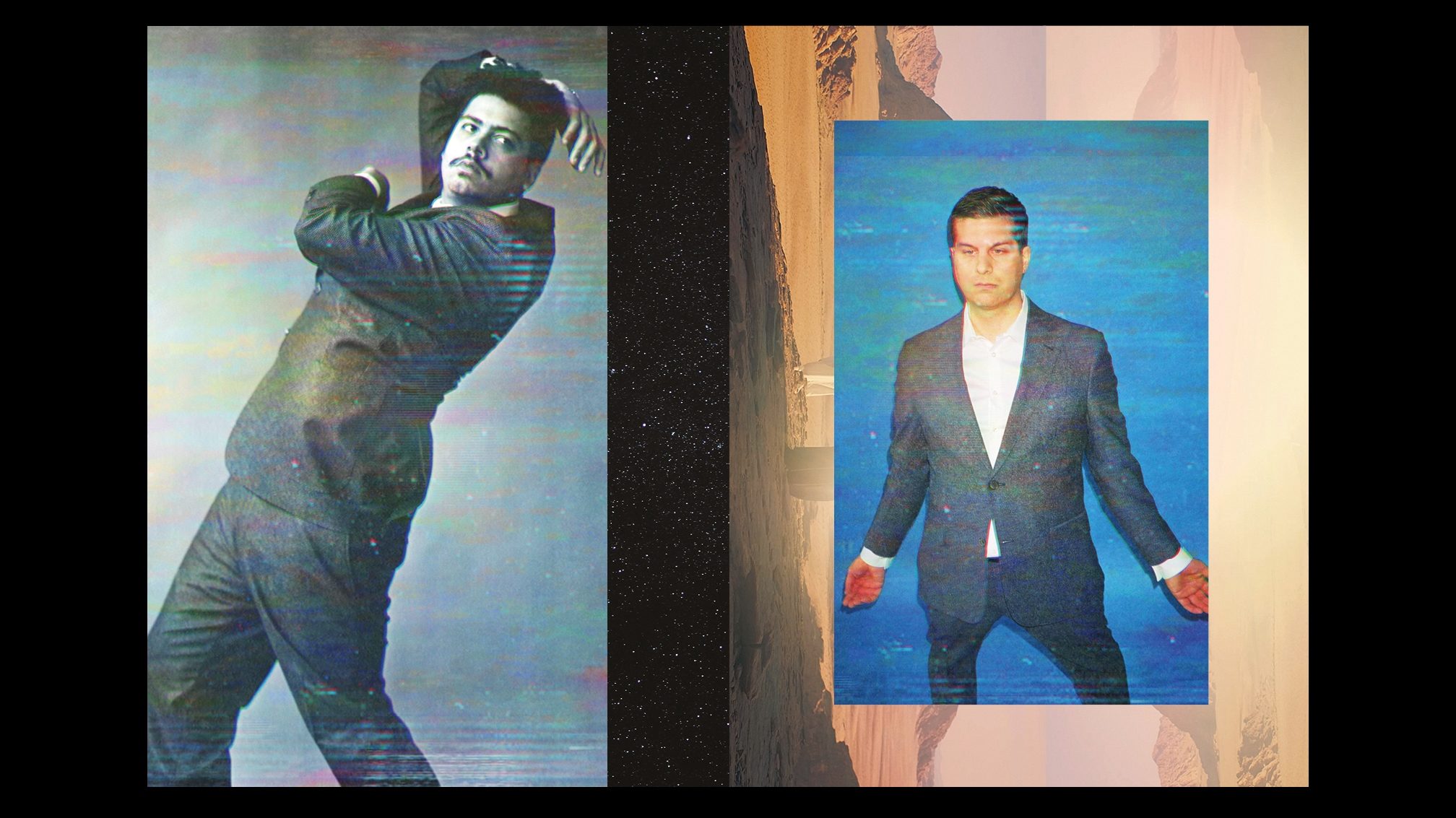
Originally they’d planned to self-fund a few gallery shows to showcase ‘Transmission’ but in a moment of impeccable timing, it coincided with Saatchi’s historic exhibition. “A lot of artists in our world are some of the best sound producers out there. What is the next step we’re going to take?” Seth muses. “We do the orchestral thing, merging classical music and dance, but with independent electronic music and experimentation you can move quite easily into the art world and we want to be among the first people truly exploring that.”
Video imagery is also intrinsic to their live performances, providing a backdrop to the set-list as the duo work through the album together. It’s a first for Seth, who had never performed live before the project. “We had to commit a lot of time to Phil teaching me how to run the machines for us to perform live,” he explains. “It’s crazy, because I’m used to playing to five thousand or twenty thousand people, and it’s no stress – but playing a live ambient set in front of five people is a totally different level of concentration. Being able to do this with Phil and explore different avenues within this industry... I’ve accomplished and done so much, so to be able to do new things within that is fulfilling in so many ways. It’s challenging, too, which I like. Having a set-list to follow rather than turning up to DJ with a USB and my records. It’s beautiful.”
Back in April at Village Underground, in East London, Seth performed one of his very first live shows alongside Phil. In keeping with their studied approach, everything about the show had been carefully thought out, even down to their casual-looking outfits – a nod to They Live. The distorted whistles, squeals and hisses of a transistor radio attempting to lock in to a wireless transmission give way to a rhythmic thud of what could be a heartbeat as they get the show going. Startled clubbers stand transfixed as the ambient noise begins to build with intensity. It’s probably not what they were expecting from a live show featuring Seth Troxler, but they remain in their place, grounded by the feeling that something special is about to go down.
Over the course of the hour-long performance the duo present their album tracks accompanied by a constant flow of stunning, occasionally bewildering, visuals created and controlled by their in-house wizard Koolik. Multi-layered themes are displayed; politics, advertising, consumerism, outer space, racial segregation, civil rights and much more. There’s a feedback loop between Seth, Phil, the music and the visuals. The dancefloor is locked in, trusting in the music despite it being quite challenging in places.
“This project is a representation of where we want to go with music, conceptually,” Seth explains. “For me, it’s a much bigger change than for Phil because I’ve been seen as this ‘top DJ’, or ‘party guy’ – you know. But, like comedians, those are often the darkest people. After all those years of doing that, I’ve cleaned up my act as far as partying goes.”
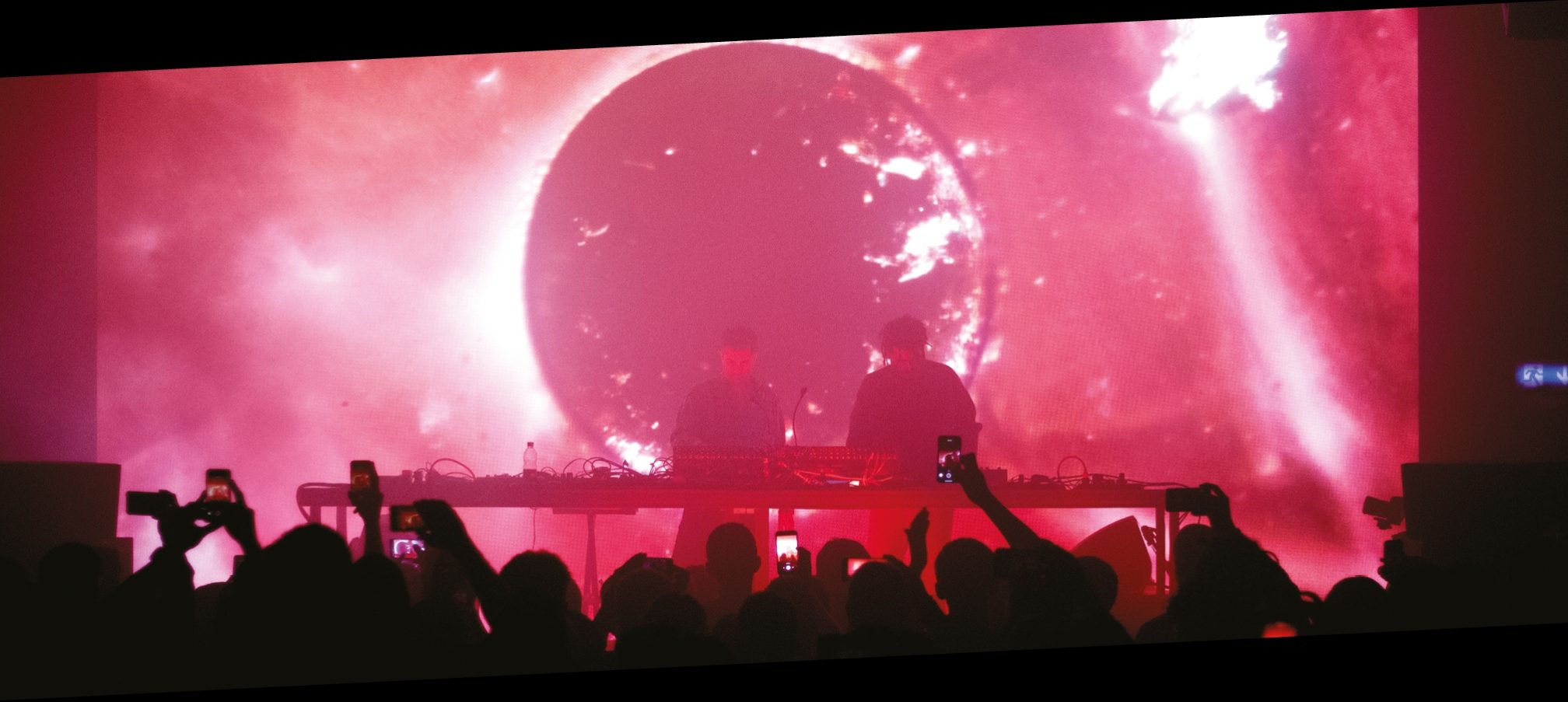
Connecting music with modern-day philosophies and a narrative that contemplates the notion of reality is, of course, not going to be everyone’s cup of tea. To the average club-goer being confronted with the dark side of reality and the ‘six modes of suffering’ might be... a bit much. Seth and Phil are resolute, though, seeing it as an important part of their work as independent artists. “Society is going through a hard time and it’s artists’ responsibility – it’s always been our responsibility – to show a reflection of who we are,” Seth says. “A lot of people say, ‘Keep politics out of dance music. Don’t have an opinion’ – but we’re going for the exact opposite. We’re independent artists, we have the platform and the freedom to have opinions and express ideas that challenge people. This album’s not for everyone, it can lead you to face some difficult and sometimes abstract ideas that maybe those who are used to being entertained don’t really want to confront.”
“We’re at a time in history where people are really confused and filled with hate,” Phil says. “I’ve always felt that the point of producing the kind of music we make – and this is before the album - is to raise people’s consciousness and contribute to a better life on an individual and global level. All you can hope for is that this resonates with people in a certain way, so that it inspires them to look at, and reject, the negativity. A techno album alone may not do that, but it could be part of the process, to spark conversation and debate.”
Read this next: Weird times in the world means we need more oddball music
Today, politicised art and music is often regarded as fringe or underground, not usually occupying the mainstream as it may have done a few decades ago. In years gone by, popular artists like John Lennon, Bob Dylan and Bob Marley were able to use their voice to highlight political issues. “Artists are the people I want to be talking about politics, not the newscasters and not the people who own media corporations. Why should it be that music is just for entertainment and actors should just shut up and play their parts?” says Phil. “When people use their platform to make the world a better place, how can we deny them that?”
“This is what we’re trying to get at: the hijacking of music culture,” Seth adds. “Now, all the messaging that questions society is suppressed or considered fringe. It’s important to bring back that messaging and question the world we live in because maybe it will take people away from being distracted, so they think a bit more. This album is about these distractions: who is behind them? What is the purpose of them? Who’s profiting from you being distracted and not being conscious?”
Seth counts the last five years as his most profound and conscious so far. Collaborating with Phil and taking a deep dive into philosophy, politics, theories about reality and the world we live in to create one cohesive concept, he says, is one of his proudest achievements to date. “The five years of hanging out with Phil and the research that we did covering all these topics and our personal gain in consciousness has been the most profound, lasting experience,” he says. “Not only talking about these ideas but confronting them myself, and encouraging other people to investigate. That’s been the greatest. It’s not been about trying to get famous or be a success; the joy has come from working on a project for five years and coming up with all these crazy ideas in a basement and then seeing it come to fruition. To be able to bring all of this into a digestible theory is a huge personal accomplishment. To do something that really works your mind – it’s beautiful. It’s like having a child!”
“We love a challenge and we love to raise the bar for ourselves,” Phil concludes. “Now we’ve accomplished what we wanted to, hopefully it will also raise the bar for other artists who might listen to the album and decide to do something that’s more of a complete thought than just squeezing eight techno tracks onto two pieces of vinyl. For us, it’s like, ‘What do we do after this?’. We put so much time, thought and conversation into this, and now we have to do it again…”
The debut album by Lost Souls of Saturn is out now on R&S Records
Visit lostsoulsofsaturn.bandcamp.com
Read this next: Get the best of Mixmag direct to your Facebook DMs


